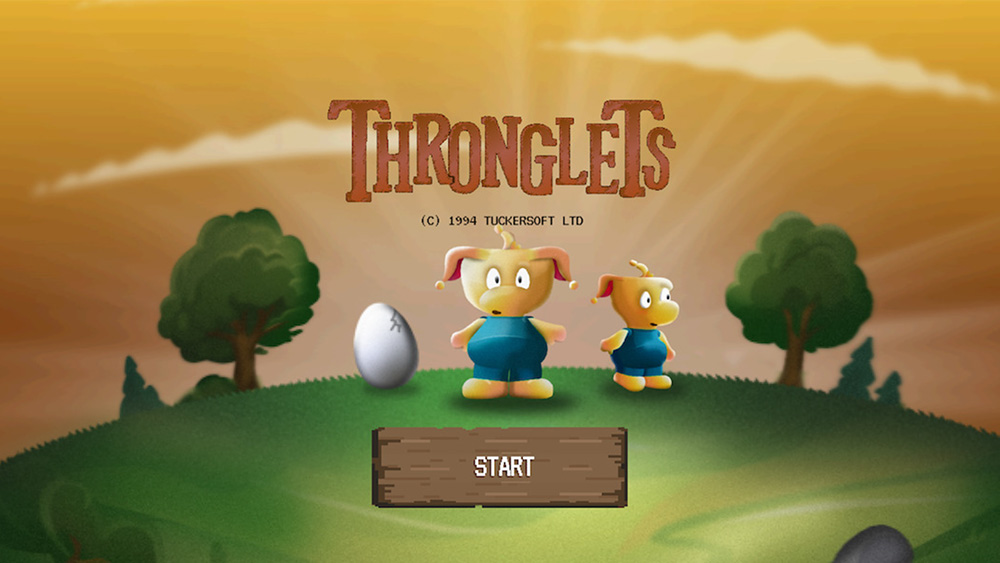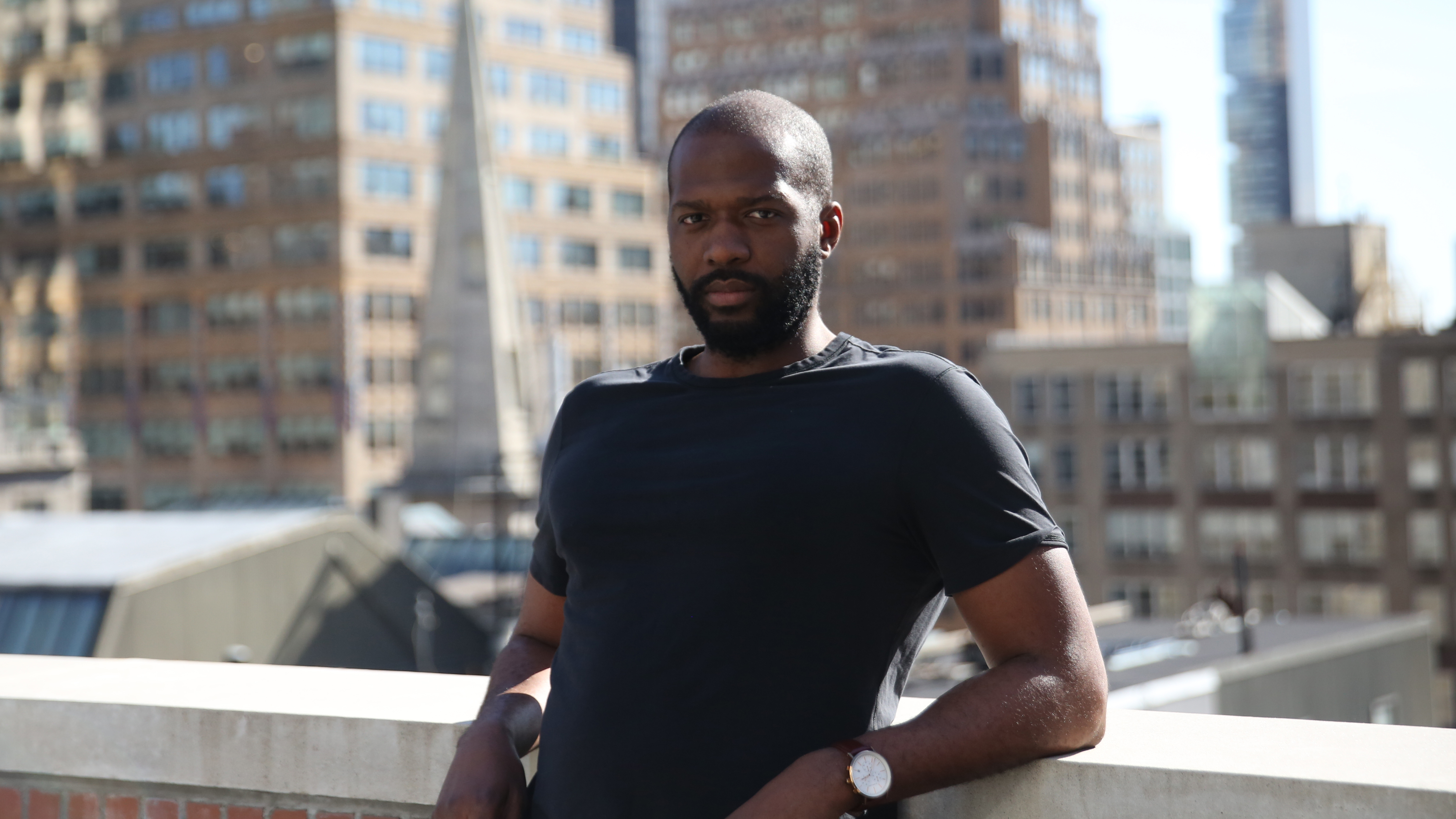
NFT art is taking over the world, and the future of NFTs will give more power to artists. NFT art is rapidly changing the way artists are paid and revolutionising how NFT artists can work, create new projects, and take ownership of their art.
NFTs, or non-fungible tokens, enable artists to register their work on a blockchain, which creates a unique digital asset. We have a full guide called What are NFTs? that explains this in detail, and our Create an NFT for free tutorial shows you how to get started. For more, read my feature NFT meanings, slang and terms: all you need to know.
Bilali Mack has worked with Brickyard VFX, Smoke & Mirrors and MPC has since worked as VFX supervisor on projects including STARZ's Power Book III: Raising Kanan and Power Book II: Ghost for Alkemy X.
NFTs have the power to decentralise and democratise wealth and offer access to new revenue streams. If you've always wanted to create your own video game, make a movie, or even set up an art school, NFTs can offer a way to do this.
Because of the ability to register digital art and files as unique, artists are finally finding themselves in control of their own success, argues VFX artist Bilali Mack. Mack graduated with a B.F.A. in animation and media from Emerson College and has rapidly established himself as a talent to watch in the visual effects and animation space.
Below Mack tells me how NFT artists are able to take control of their projects, and how NFT art is enabling diversity. It's fascinating, as NFTs can help fund films and even education platforms. NFT art can be more than expensive jpegs of apes, and Mack even says the NFT bubble must burst for the technology to succeed. Here are just some ways Mack suggests NFT art can be a force for change.
01. NFT art can level the playing field
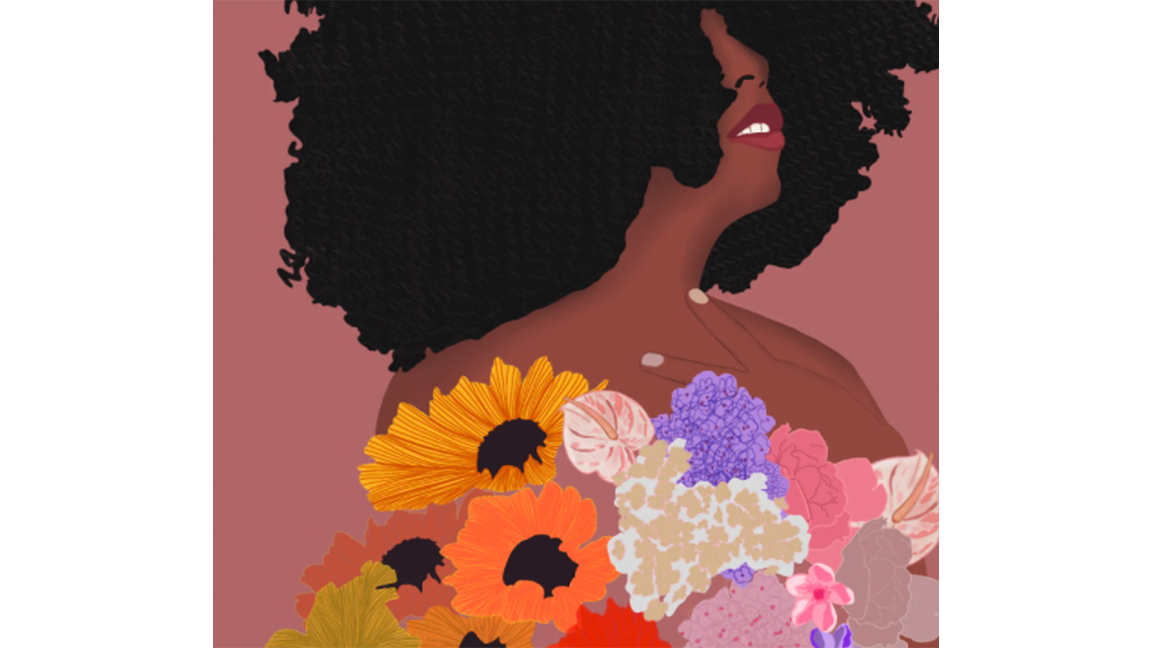
"NFTs are such a great way of levelling the playing field for people of colour, for women, for any community that you can imagine that has been disenfranchised or been left out in some way," says Mack.
Just think about those words for a minute. NFT art can enable everyone who has a story to tell or an idea to share to make that happen. You can even use the best NFT apps for iPhone to create art on blockchains. Mack explains how the utility of NFTs means it doesn't matter if you're making art, a film, or a video game for a group of friends or a mainstream audience, you can make it work.
Get the Creative Bloq Newsletter
Daily design news, reviews, how-tos and more, as picked by the editors.
Mack tells us: "NFTs can be a powerful thing for women, women of colour, you know, to be like, 'we want to tell people and create content for women of colour,' if you don't care about anybody else, whatever, [just] make your film for women of colour, and make it beautiful. I guarantee you, probably every woman of colour that you know, will want to jump into it and get involved in the community."
NFTs can be harnessed to create the projects mainstream media ignores because everyone can have access to raising funding and being in complete control of their message and art. NFTs are offering a platform for new voices, for example TheBlkChain, promotes the work of women, BIPOC and LGBTQ artists.
02. NFT art will power a diverse metaverse
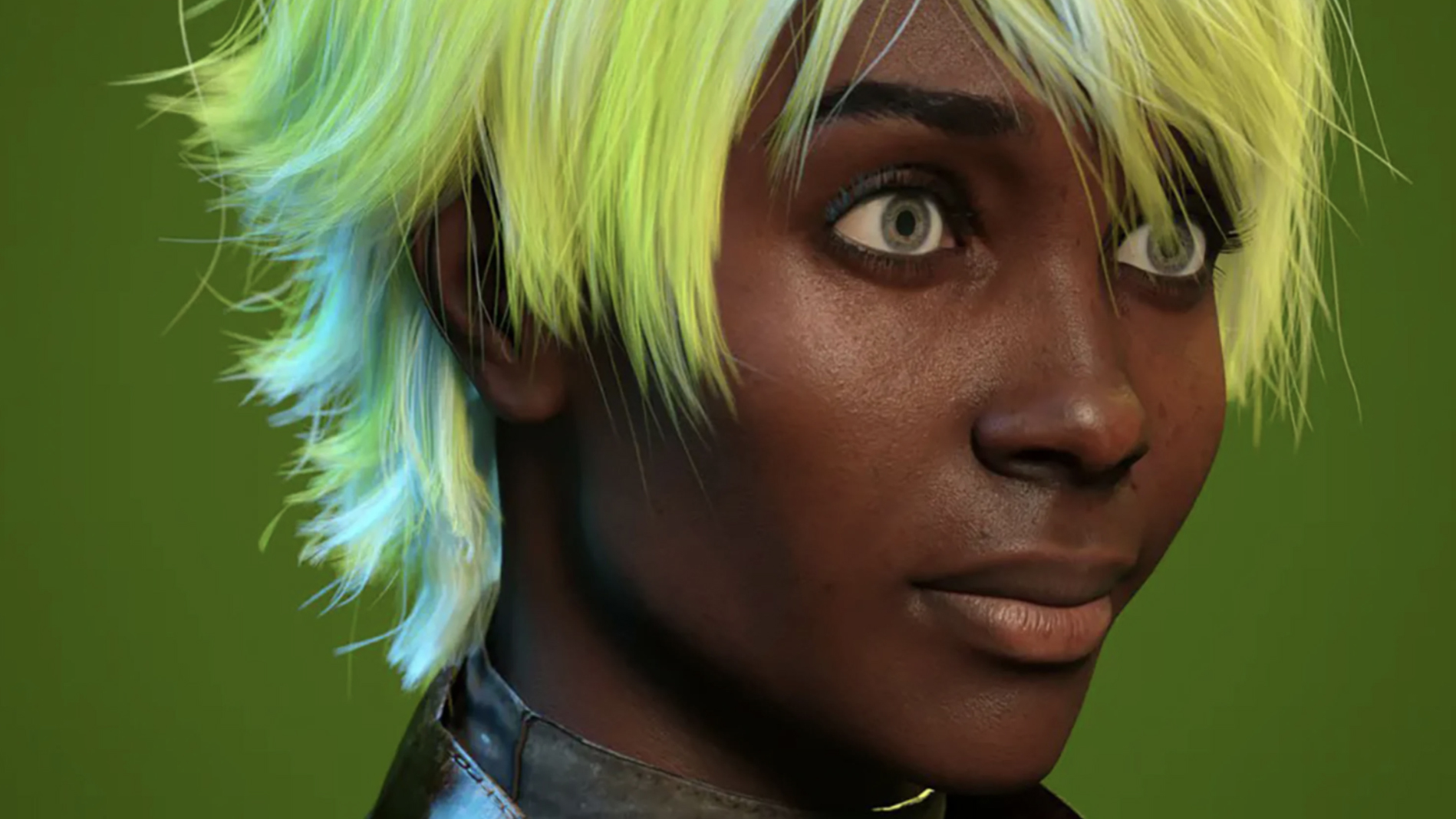
NFT art has the potential to enable diverse voices, Mack says this can lead to a varied and mixed metaverse of stories and ideas. (Read our guide to find out what is the metaverse.) He says: "Hopefully that's the metaverse I want to see, you know, very diverse, very rich, very colourful, a beautiful universe with lots of different ideas, lots of different places, lots of really interesting projects."
Mack offers a vision of the metaverse that we can all enjoy, but he also suggests a note of caution. Major brands want in, and the possibility of the metaverse being a place to visit a Nike or Apple store is real. And there's a place for this too, and these brand are going to need artists to create the assets to run their part of the metaverse.
Mack, however, would prefer a more diverse space: "I want to go to the metaverse and be like, 'oh, there's like 12 random artists, like three from India and four from Bolivia,' you could go check out their music, you can check out this interesting art."
Character creator software Daz 3D already noted a discrepancy in representation in the fledging metaverse, in response it asked its users to support the Non-Fungible People project and create more black, non-binary and female characters.
03. VFX artists are needed for the metaverse
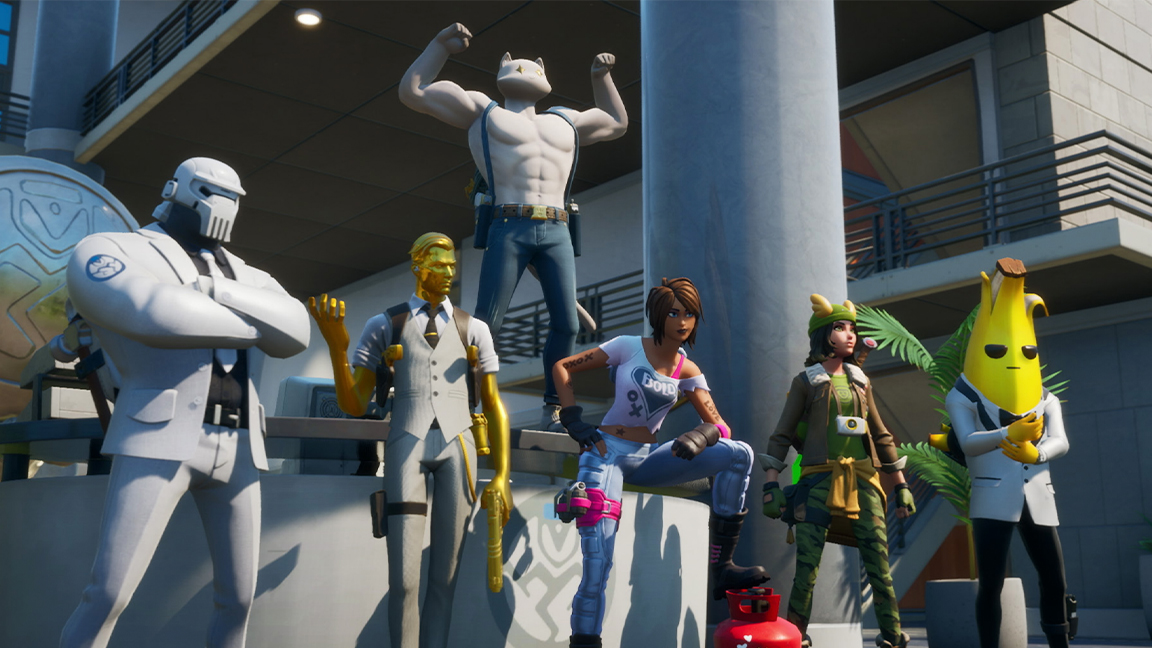
"NFTs wouldn't exist without ILM, without John Knoll and without visual effects," says Bilali Mack who points out Photoshop was created for the film The Abyss, with effects by ILM. It's a blunt way of pointing out that VFX artists today are in the best position to make the most from NFT art.
Creators who can tap into a web of influences and skills, such as Takashi Murakami’s NFT that draws on video games, Japanese history, and movies will succeed in the future of NFTs. As non-fungible tokens are developed and new uses created, it's easy to see how artists with a background in 3D modelling, simulations, AI, and the other skills will be in demand; and the VFX industry is a great training ground.
It's already becoming clear that 3D game engines such as Unreal Engine 5 and Unity will enable artists to create for the metaverse, just as Photoshop enabled artists to go digital. Likewise, 3D software such as Blender is free, and apps like Modo, Autodesk's 3ds Max and Houdini are more approachable than ever before. If you have these skills, the metaverse is going to be your playground.
04. NFT art will revolutionise the VFX industry
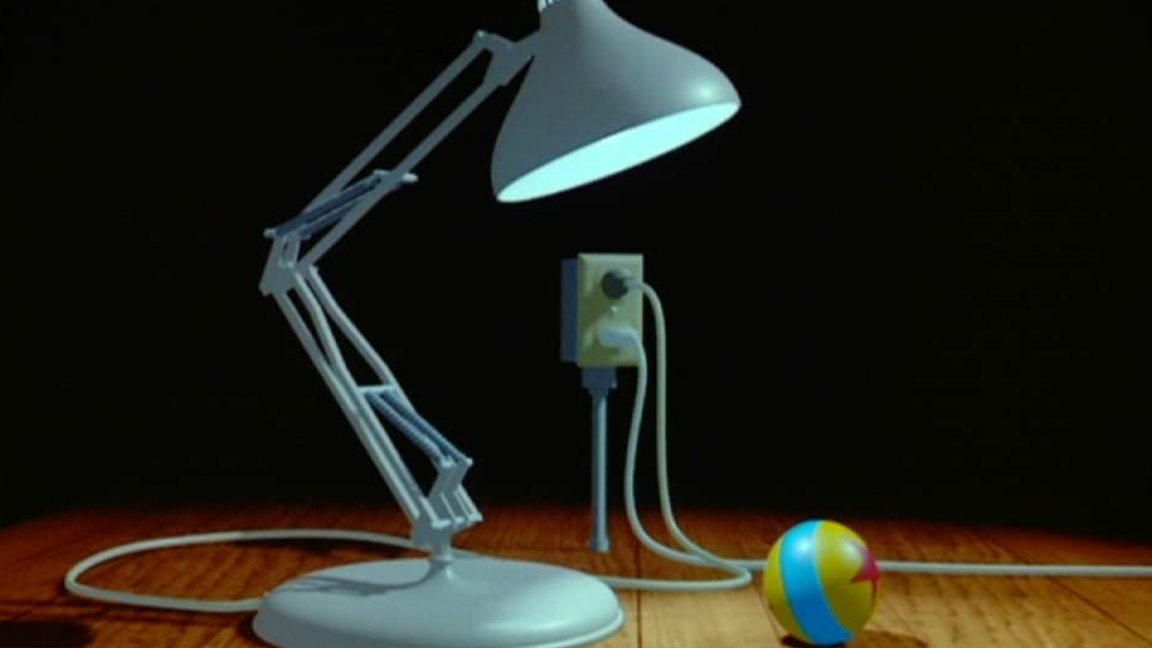
As Mack explains, VFX artists can be at the forefront of NFT art. This means they can be empowered to negotiate new contracts that give them greater control over the work they are producing. He pitches the idea that VFX studios, such as Rodeo FX and other smaller teams, can pivot to IP owners.
He explains: "These companies probably now have an opportunity if they have visual effects supervisors, or creatives that are interested in storytelling, or interested in directing, to utilise their resources as a visual effects company to create content and transform themselves from vendors to their own content creators."
You don't need Steve Jobs to buy you and turn you into your own content creating studio (Bilali Mack)
Why spend months creating VFX scenes for Marvel movies when the same team could use NFTs to raise funds to create visual effects for their own Marvel-quality films, using the best NFT marketplaces to raise investment? This is Mack's vision of an NFT-powered VFX industry. Imagine a VFX studio in Africa creating its own Black Panther-like IP, with a new and authentic vision of an African hero.
In a sense this has happened before but it took the millions of Steve Jobs to turn Pixar into a creator-studio. "You don't need Steve Jobs to buy you and turn you into your own content creating studio," says Mack. "The NFT is that it gives you the resources and ability to become that right."
05. NFT art puts artists in control
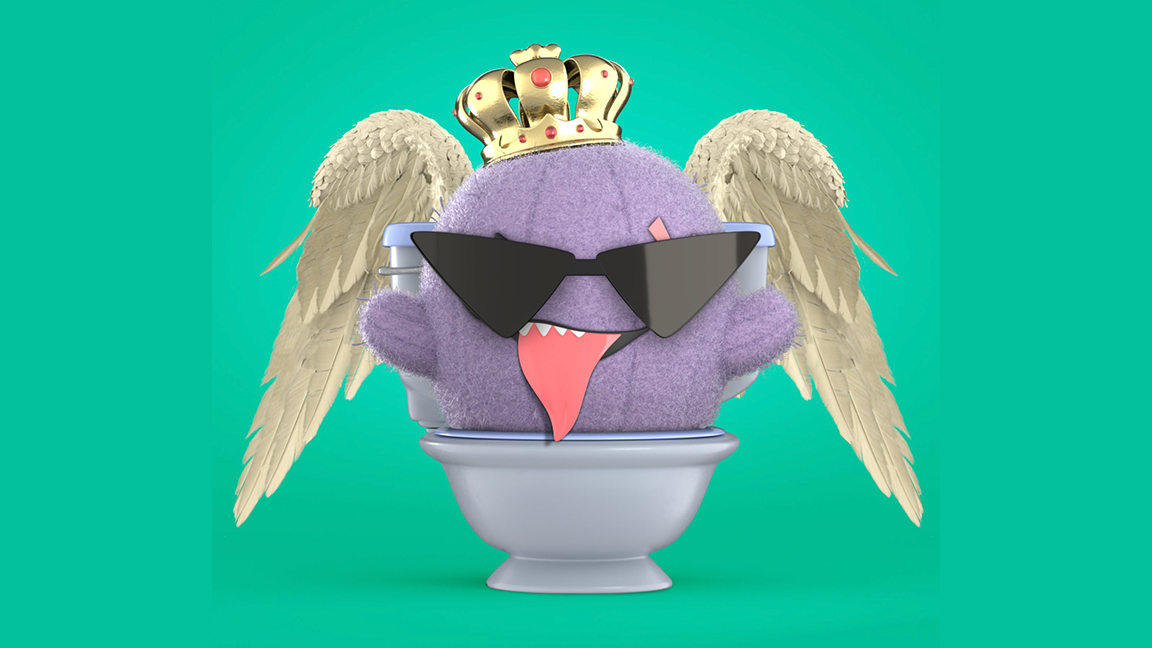
"We're now in a place where artists are being empowered to use this digital art to create art and find audiences through the internet without having to go through a studio or without having to go to art galleries" says Mack. "It's basically decentralising the way we as artists, as visual effects artists or digital artists, are able to monetise our art and it's very liberating."
NFT art can power this important shift in the VFX industry and the art industry as a whole. As outlined by Mack, artists embracing NFTs can find new audiences and markets without the need to go to traditional studios or companies for commissions or short-term or freelance contracts. Creating NFT art and using NFT drops artists can take control of their work and help create new revenue streams.
This is already happening. Oscar- and Golden Globe-winning VFX artists Leo Krajden and Abel Vargas have created the Cactus Seed NFT to fund their Cactus WorldTV show, video game and metaverse. These are artists who adapted their skills from creating VFX for Black Panther, Spider-man: Into the Spiderverse, and Aquaman to create their own world and community, which brings us to point 6…
06. NFT art can foster communities
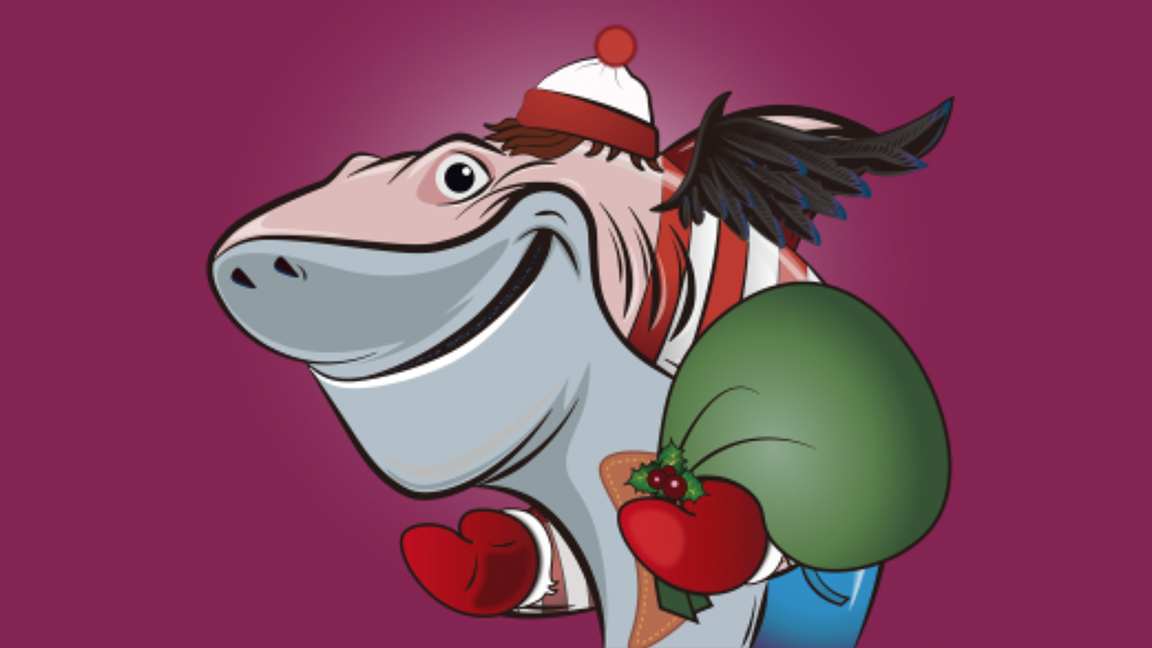
Outside of creating art for art's sake, Mack sees NFT art as a way to create communities. "Especially people that are creating NFTs that have some sort of utility outside of just aesthetically being a piece of art," says Mack. It can help if you know who is buying NFTs too, this way you can target your projects.
He already has a project in mind, to use an NFT to set up an educational platform to teach people visual effects skills and connect VFX supervisors with disadvantaged people who may never think they could work in the film and VFX industries.
"That ability to build utility [in an NFT], I think is very important to remember. And it's something that I hope a lot of visual effects artists and digital creators try to fold into as they're creating more and more NFT's."
There are already NFTs with utility making headlines, such as Shark Ghettohood (pic above). Despite looking like a watery Bored Apes Yacht Club spin-off, this NFT is designed to create a community that will raise money for social and environmental programs. Its aim is to also support sustainable farming projects, particularly in rural communities – money raised in its Ghetto Sharkcade games goes into funding pot.
07. NFT artists can create a new kind of internet
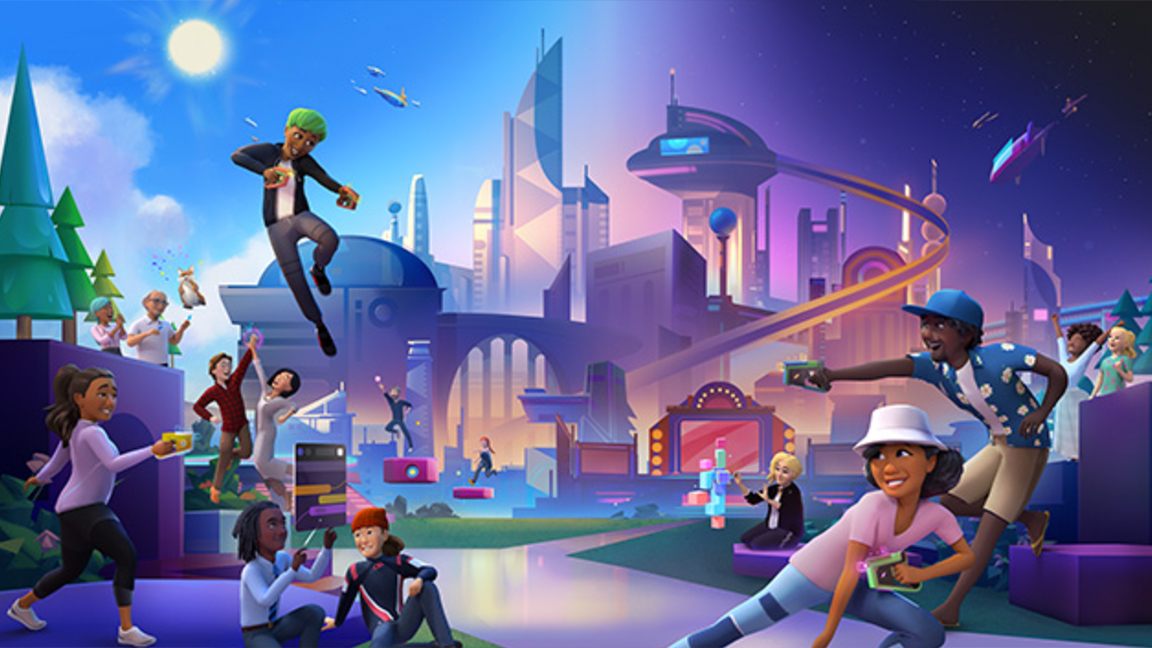
The internet has been a huge success, you're using it right now. But it also has its pitfalls that NFT artists can learn from and avoid. The internet is a catalogue of amazing content, but largely it's used to access news and social media, and we tend to narrow our scope for learning new things.
Mack explains: "My fear with NFTs, and my fear with the metaverse, is that when these technologies are driven heavily by monetisation inevitably things end up being driven towards those kinds of utilities that can grab large audiences and you can make lots of money [from], like data."
The fear is the metaverse will become like today's social media, and certainly Facebook's Meta wants it to be; where, according to Mack, instead of a rich world of art, education, access and invention we just drop in for, "online shopping and checking out news".
NFTs are such a great tool that you could use to help try to create communities that can help teach or learn or be creative
NFT art, Web 3.0 and the metaverse offer an opportunity to reshape the internet away from the way things are being done now. It's hard, as Mack points out, as it's easy to see Bored Apes Yacht Club making millions of dollars and not to try and emulate it, when in fact NFT art can be used for so much more.
"[Like] interesting utility projects for education or ways of creating communities around housing, around government governance or grassroots projects, NFTs are such a great tool that you could use to help try to create communities that can help teach or learn or be creative in so many other ways. So everybody shouldn't be using it to make profile pictures," argues Mack.
08. NFT artists can take ownership of their work
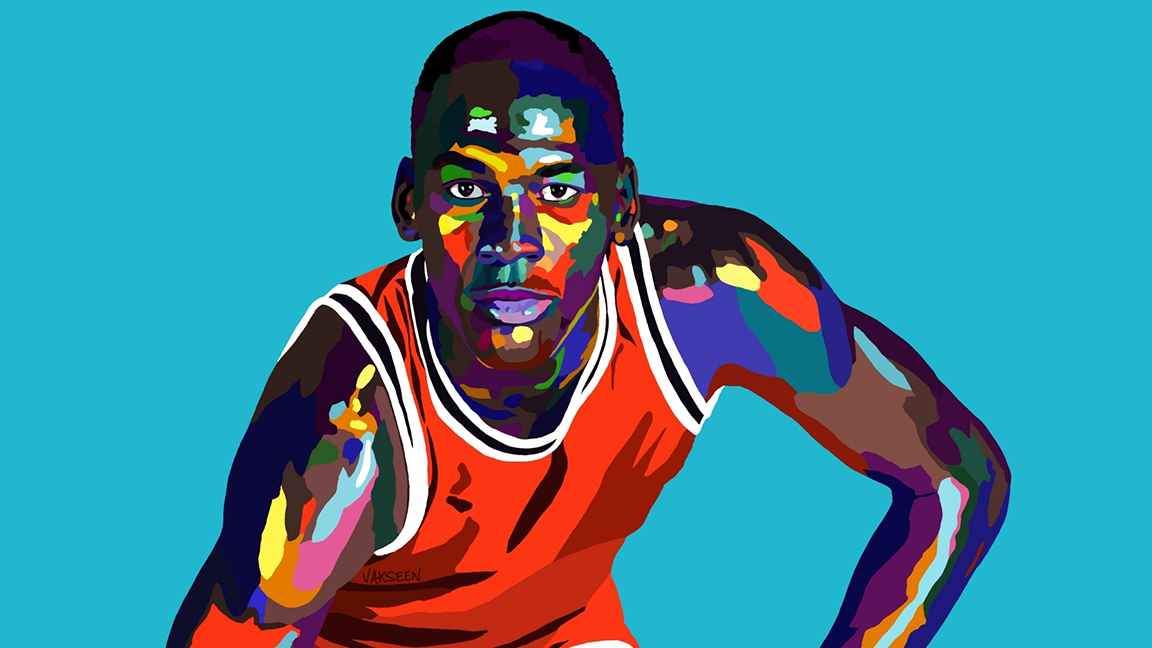
Unlike NFT art that affords creators ownership, In digital art, music and filmmaking Mack highlights how creators in the past have often had to give up a portion of their rights and ownership to a record label or studio. There's a reason Prince fell out with Warner Bros – "oh boy, he'd be all-in on NFTs and the metaverse, he was a champion for artists' rights," laughs Mack.
As art curator Tina Ziegler said in her interview for International Women's Day, NFTs are the tool to level the playing field. "An NFT is a tool that could literally change your life as an artist," explains Mack. "It gives you complete control, all the rights that you want to keep or even giveaway, you can. Sure, give away the rights of the NFT if you want, but at least you have the control."
An NFT is a tool that could literally change your life as an artist (Bilali Mack)
The future of NFT art lies in enabling artists to take control of their copyrights and ownership of their art and projects, Mack tells us. "The rights become more valuable to you as an artist because you don't have to sell them all carte blanche to a studio or a gallery, or an agent or whoever it is you are selling that art to."
"It's actually an asset," he continues, "your rights become an asset rather than a liability." Artists such as Vakseen have benefited from NFTs, enabling them to reach wider audiences for their art without having to compromise their ownership or rights. His fantastic painting of Michael Jordan (above) sold for 8 Ethereum in 2021.
09. NFT art has the power to disrupt
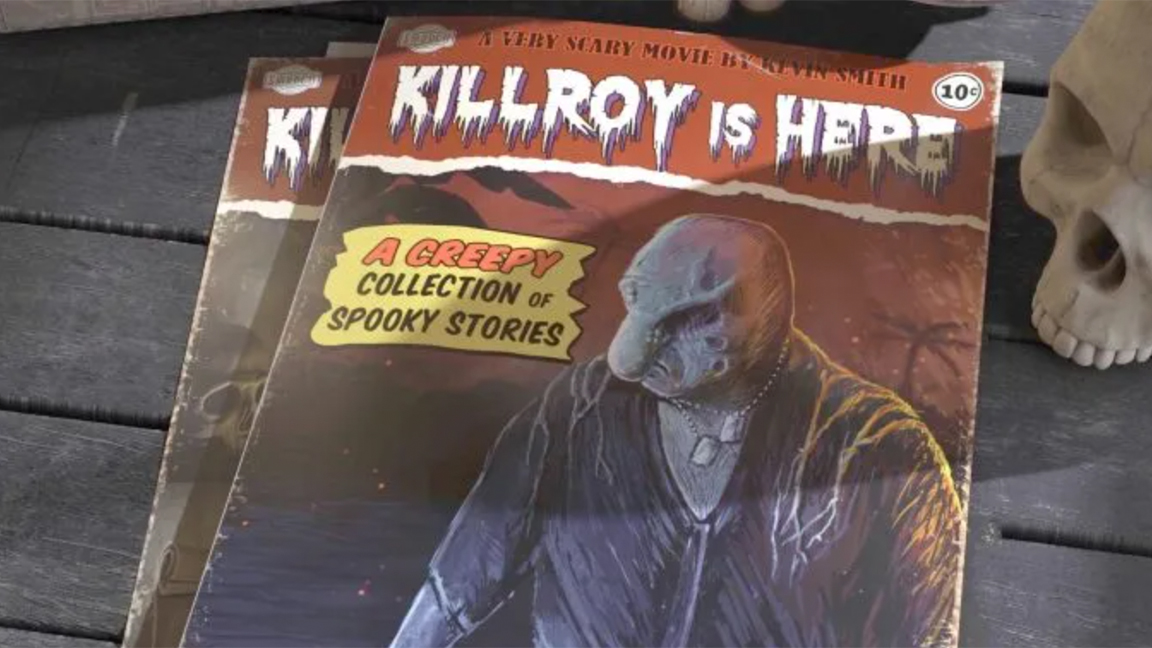
The NFT collective World of Women signed a deal with Reese Witherspoon’s Hello Sunshine to turn its characters into movies and TV shows. It's just one of many NFT collections that have wider film and TV productions in the pipeline, the difference here is every owner of the World of Women NFT is a stakeholder in the future projects.
NFT art has the power to disrupt, and the future of NFTs lies in their ability to raise funds and enable everyone a degree of ownership. Mack posits the future of NFTs has yet to really be seen, but it could lead to streaming platforms that offer viewers the chance to be creators.
I could see a world where there are NFT distribution platforms that allow people to contribute into the film (Bilali Mack)
"NFTs break it open," says Mack, "which is interesting, in that it was like this when Netflix disrupted the theatre industry, and now NFTs probably will have an opportunity to disrupt streaming platforms."
He continues, "I could see a world where there are NFT distribution platforms that allow people to contribute to the film, they get certain rights, they get certain credits, and they also get certain royalties."
Again, we can see the first steps of this happening now as Kevin Smith reveals an NFT film project, a horror anthology called Killroy Was Here. The film's 5,555 NFTs will be released on the Secret Network NFT marketplace this summer. Owners of the Killroy Was Here NFT will be able to create their own content using characters from the film, and these stories will appear in the sequel.
10. The NFT art bubble has to burst
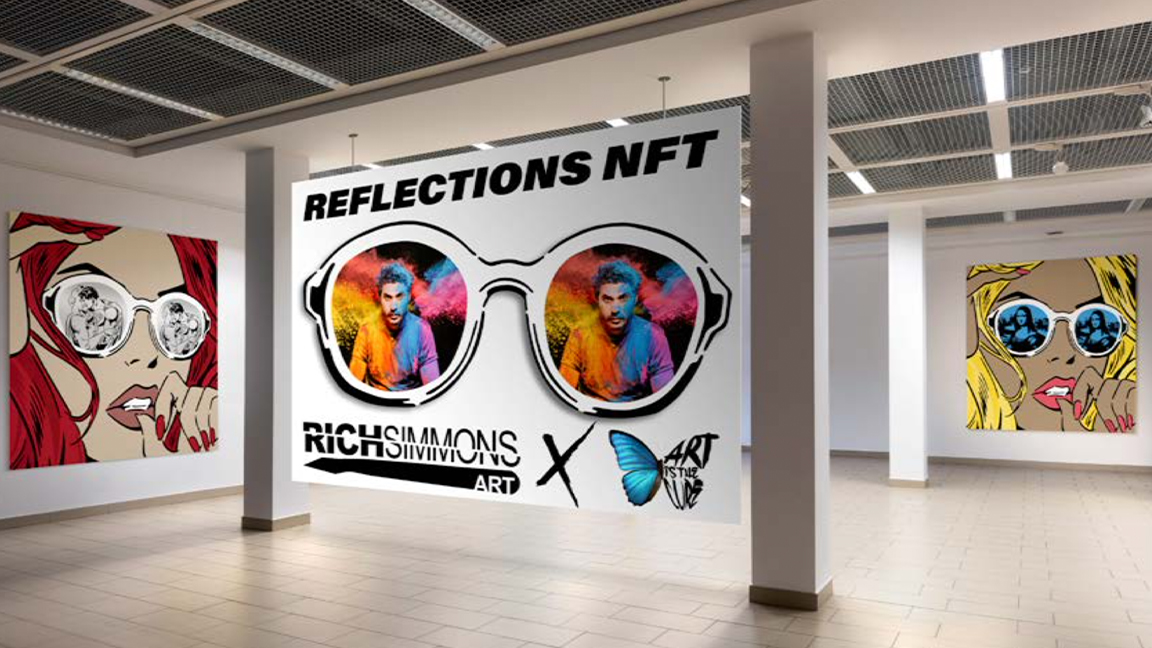
Just as the internet bubble needed to burst to drive innovation so the NFT art bubble had to let out some air. The NFT bubble hasn't popped, despite articles on the NFT art controversy proclaiming it dead even last year, but it looks like the NFT hype is letting out air, slowly.
A year ago Beeple sold his art for $69.3 million in crypto at Christie's auction house, spurred on a year of incredible growth as NFT marketplace OpenSea saw sales soar from $8 million to $5 billion, but it has declined this year by $2.5 billion.
This is a good thing, according to Mack, who tells us: "NFTs are at such an early stage. And I think that a lot of it is not going to be great. And once things die down, then we'll probably, hopefully, have an opportunity to start creating some more interesting, more meaningful art, and also some things that actually matter."
NFT art that has utility and strong communities are more valued
This is already happening. As we've mentioned, NFT art that has utility and strong communities are more valued. But now that utility is being directed at good causes and developing new artists, such as money raised by the Ukraine conflict NFT art.
Pop artist Rich Simmons is using his non-profit, Art is the Cure, as a collective for other NFT artists to sell their collections while supporting mental health charities. He's using his NFT collection to raise money for mental health charities, fund school projects, and more. No one Art is the Cure sold out in under an hour, and has raised $1.7 million.
Disclaimer: The opinions expressed in the article are for general informational purposes only and are not intended to provide specific financial or investment advice or recommendations for any individual for any investment product. The article is only intended to provide general information and opinions about NFT art. The views reflected in this article are subject to change at any time without notice.
Read more:
- NFT trends that could change the world
- The best NFT displays
- NFT gaming: 10 things you need to know

Thank you for reading 5 articles this month* Join now for unlimited access
Enjoy your first month for just £1 / $1 / €1
*Read 5 free articles per month without a subscription

Join now for unlimited access
Try first month for just £1 / $1 / €1

Ian Dean is Editor, Digital Arts & 3D at Creative Bloq, and the former editor of many leading magazines. These titles included ImagineFX, 3D World and video game titles Play and Official PlayStation Magazine. Ian launched Xbox magazine X360 and edited PlayStation World. For Creative Bloq, Ian combines his experiences to bring the latest news on digital art, VFX and video games and tech, and in his spare time he doodles in Procreate, ArtRage, and Rebelle while finding time to play Xbox and PS5.
